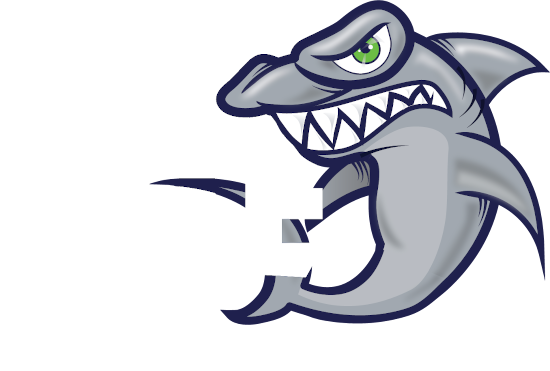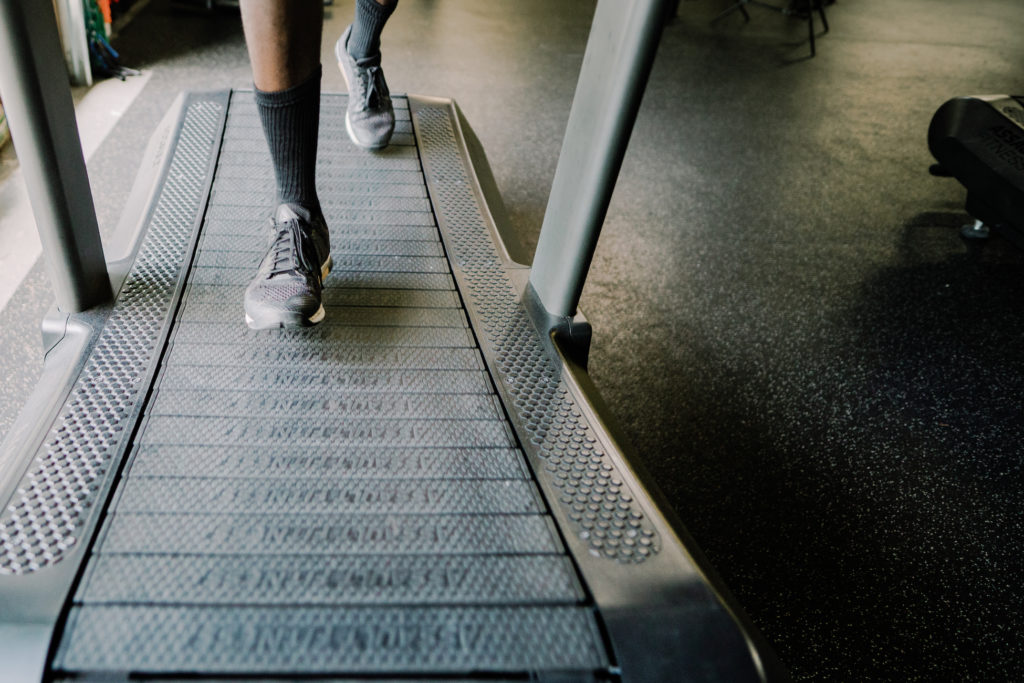What’s better for you, back squats or front squats? If you have been asking this question, then you are in good company, and quite possibly a fitness geek like me! I happen to be a fan of the back squat, however, that’s only because I have been back squatting for most of my adult life, and I only discovered the front squat even existed about 8 years ago when I first joined a fitness gym. Both movements provide amazing benefits, work the entire body, and really only differ from each other by a few degrees. What are these small differences? Well I am glad you asked! Let’s break it down.
As Coaches, we tend to teach our beginner athletes the back squat, after the air squat, because it is a rather easy and natural movement to learn. Squatting in general is one of the first things we do as human beings. When a young child drops something, they will squat down to pick it up. Children are natural squatters and have almost textbook mechanics when doing so. We incorporate the squat in our daily routine of existence. We squat when we get off of the couch, use the bathroom, or pet our fur babies. In some cultures, the squat is the default sitting position and while we never forget how to squat, we do forget how to do it properly. Re-learning how to squat properly, with our hip crease below our knees, chest up and knees out is a great way to enjoy functional independence long into our golden years.
Back Squat
The back squat enjoys the title of being the “king of all movements,” and it is a well deserved moniker. If you want to be as strong as you possibly can be, do more back squats. As mentioned earlier, the back squat strengthens the entire body, with a larger focus on the posterior chain, such as the hamstrings and glutes. The back squat is such a strength builder, that it has earned its place among the powerlifting community alongside the deadlift and bench press. This movement is great for beginner athletes because of its relative simplicity compared to other squat variations and the unholy amount of raw strength that they will derive from performing them. We all know, its all about the gains baby! The barbell rests across our rear deltoids and traps, which is arguably more comfortable for the athlete and provides good stability.
Here are some common issues that athletes experience while performing the squat:
- Not squatting low enough. The squat should be performed with our hip crease below our knees in the bottom position. Athletes that can not go down that far are not enjoying the full range of motion and can create unwanted strain to their knees. We can correct this by practicing box squats and giving our athlete a target.
- Another issue is when the athlete allows their chest to collapse forward after reaching a certain depth. This is commonly known as an “immature squat”, and can leave the squatter prone to lower back injuries. We can correct this fault by providing “squat therapy,” where we provide drills to help improve our movement patterns.
Front Squat
While the back squat provides raw strength and focuses on our posterior chain, the front squat translates much more to our olympic lifts, the clean and the snatch. The front squat also engages our quadriceps and is the first half of the thruster. If we want a decent Fran, Grace or Isabel time, we need to have a good front squat.
The front squat is also more preferable over the back squat for someone with back pain, because the front squat focuses on our upper back and our torso is more upright than in a back squat. The key difference between the two movements is the location of the barbell. In the front squat, we use a loose fingertip grip on the bar, as it rests across our shoulders and neck. The more tucked in the bar is into our larynx the looser the grip we need. Our elbows need to be up high during the front squat and having a loose grip allows us that mobility. By keeping the elbows up, our torso stays up as well, and that is the goal here. I tell my athletes to imagine that there are chains connecting their elbows to the ceiling and to envision these chains pulling the elbows up. Another good cue for this squat is “elbows up!”.
Front squats are easy to teach, self correcting and promote better depth. We know that if we allow our elbows to drop, our chest soon follows. Front squats are kinder on the shoulders and there are less sheer and compressive forces that could negatively impact the lower back.
Front squats do require a certain level of mobility, particularly in our ankles, hips and thoracic region, (our T-spine) so incorporating a yoga or stretching regimen can only help you with this amazing functional movement. In addition to the same common faults athletes have with the back squat, the front squat has a unique fault associated to it and that would be not getting our elbows up high enough. As I mentioned earlier, when the elbows droop, so does our torso, along with our hopes and dreams of getting a super heavy PR. So mobilize mobilize mobilize. Nothing makes a coach happier than seeing their athletes perform front squats with high elbows!
So which one should I do?
We can generally lift heavier with a back squat. The rule of thumb is we can expect to hit 90% of our back squat 1RM with the front squat. Back squats are great for raw strength and a healthy posterior chain and front squats are a great way to develop the anterior portion of our bodies with a strong focus on the quads. Also, if you want to improve your olympic lifts, do more front squats.
If you see yourself experiencing any of these common faults, talk to a coach and consider increasing the time you spend on mobility work. Yoga, bands, foam rollers, lax balls and coaching are all at your fingertips here at Shark Bite Fitness and Nutrition!

